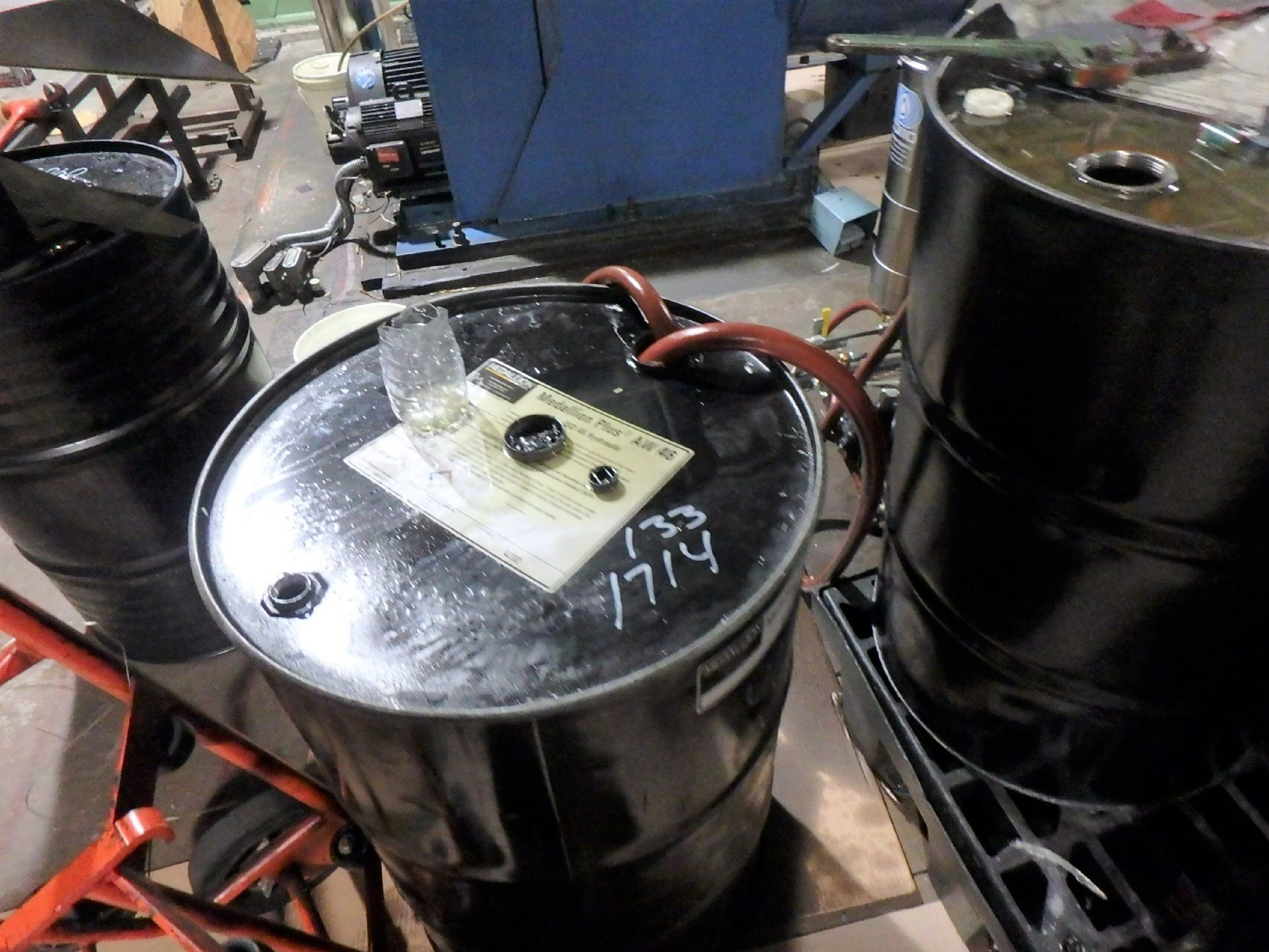 Why are special equipment fixtures needed for transferring flammable liquids from storage drums?
Why are special equipment fixtures needed for transferring flammable liquids from storage drums?
April 13, 2022
by Nils Deacon, Manager, Inspections and Rating Services
Many industrial operations use drums to dispense and receive flammable liquids. In everyday operations, static electricity can be an ignition source. When flammable or combustible liquids flow through a pipe or air, static charges are accumulated and can cause a spark.
NFPA 30, The Flammable and Combustible Liquids Code, and NFPA 77, Recommended Practice on Static Electricity, address the need for proper handling of flammable liquids during these operations.
Grounding and bonding are necessary during the transfer of Class I flammable liquids to prevent a static spark from igniting the flammable vapors.
A cable from the drum is connected to a grounding point – the floor, permanent metal piping, or a masonry wall. A bond connection is made with wired clips from the transfer drum to the container being filled.
DISCLAIMER: This information reflects the interpretation of MSO, Inc. with regard to NFPA Standards and Codes. It does not represent NFPA’s official position on the items discussed.
Non-standard grounding and bonding

